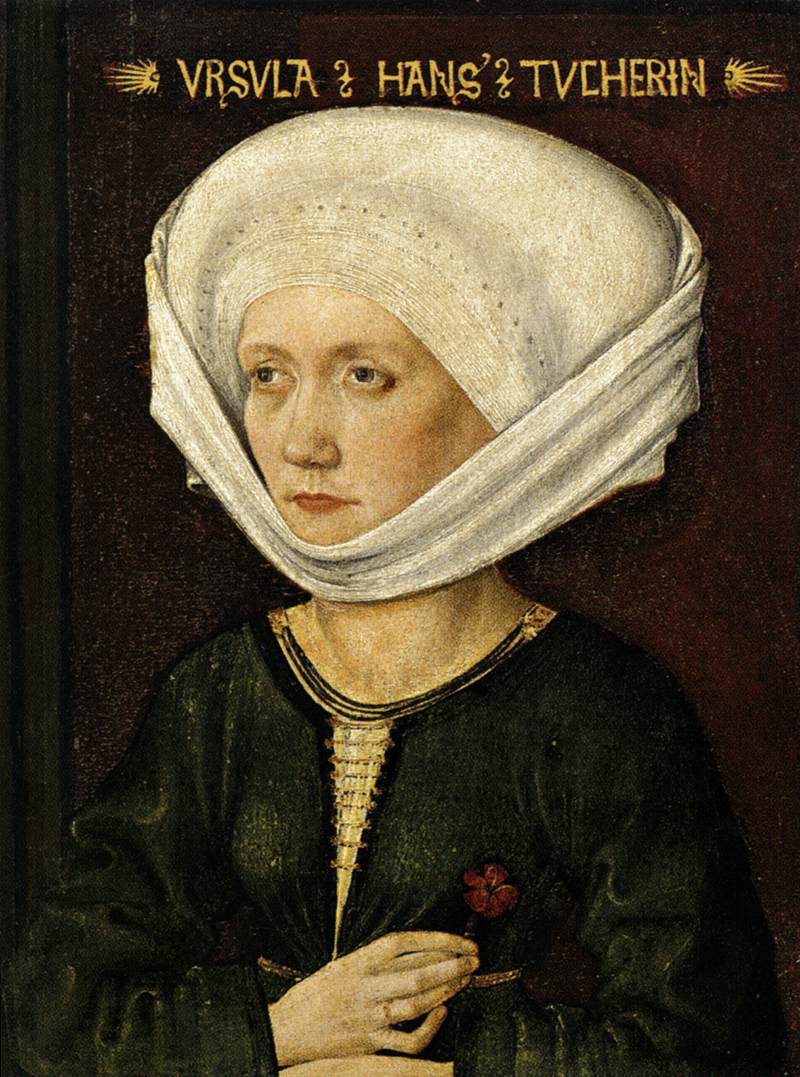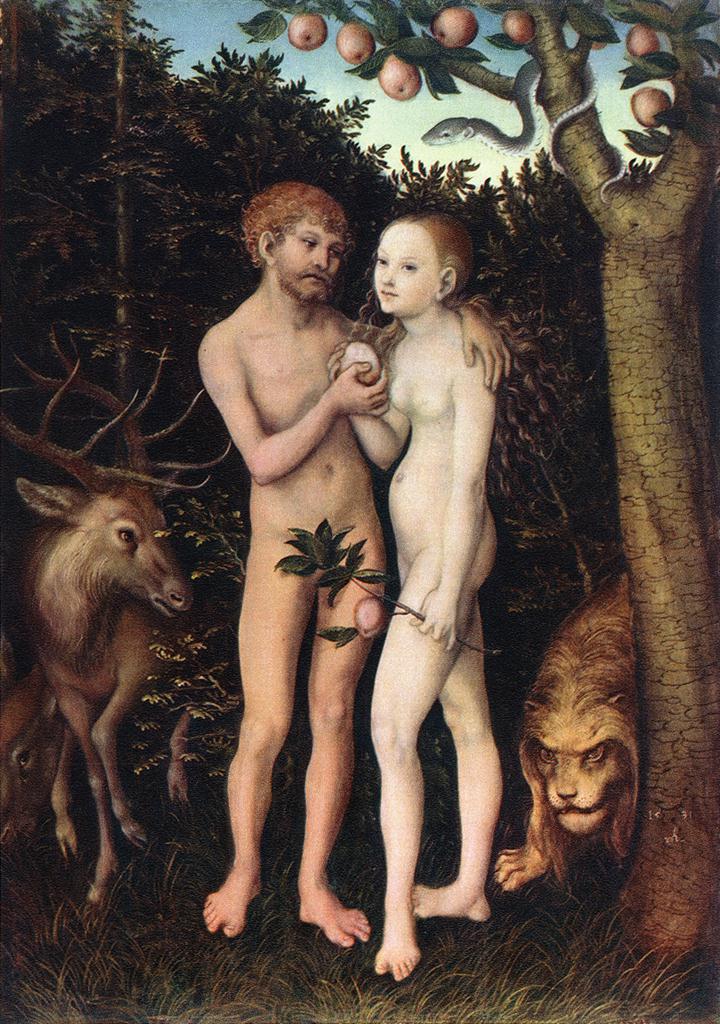I. The Reformation of Sex
A. The Nature of the Problem
1. The “Sacramentality” of Sex and Marriage
2. Sex and the Priesthood: Clerical Celibacy and “Concubinage”
B. The Reform of Sex and Marriage
1. Seizing Jurisdiction: Marriage Courts
2. Asserting Parental Authority in Marriage
3. Disciplining Sexuality
C. A Cause Célèbre: The Bigamy of Landgrave Philip of Hessen
Image: Lucas Cranach the Elder (1472-1553), Saints Erasmus and Ursula (c. 1520)
Map: “Concubinage” in the Diocese of Münster (1571)
Chart: Degrees of Consanguinity
Image: Landgrave Philipp of Hessen (r. 1509/1518-1567)
Image: Christina of Saxony (1505-1549)
Image: Margarete von der Saale (1522-1566)
Image: Michael Wolgemut (ca. 1434-1519), Ursula Hans Tucherin (1478). Ursula Tucher was the wife of Hans Tucher (1428-1491), head of the Tucher trading house in Nuremberg and a member of the city's patrician elite. This placed her at the very top of the social pyramid in urban Germany. Image source: Web Gallery of Art.

